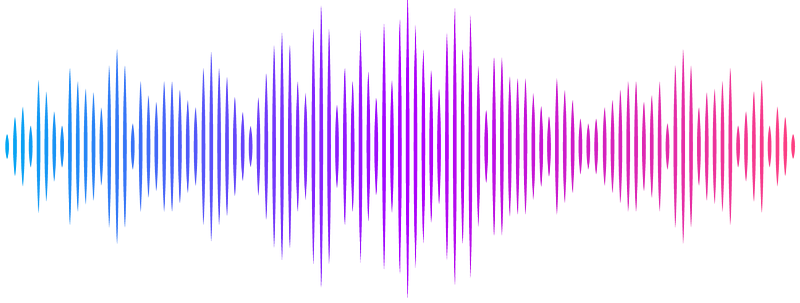A comprehensive study of type I (thermonuclear) bursts in the new transient SRGA J144459.2$-$604207

A comprehensive study of type I (thermonuclear) bursts in the new transient SRGA J144459.2$-$604207
Tao Fu, Zhaosheng Li, Yuanyue Pan, Long Ji, Yupeng Chen, Lucien Kuiper, Duncan K. Galloway, Maurizio Falanga, Renxin Xu, Xiaobo Li, Mingyu Ge, L. M. Song, Shu Zhang, Shuang-Nan Zhang
AbstractWe report analysis of $\textit{Insight}$-HXMT observations of the newly discovered accreting millisecond pulsar SRGA J144459.2$-$604207. During the outburst, detected in 2024 February by $\textit{eROSITA}$, the broadband persistent spectrum was well fitted by an absorbed Comptonization model. We detected 60 type I X-ray bursts in the $\textit{Insight}$-HXMT medium energy (ME) data, and 37 were also detected with the low-energy (LE) telescope. By superimposing the $\textit{Insight}$-HXMT/LE/ME/HE light curves of 37 bursts with similar profiles and intensities, we measured a deficit of X-rays in the 40$-$70 keV energy band. By analyzing the time-resolved X-ray burst spectra, we determine the mean ratio of persistent to burst flux of $\alpha=71\pm7$. We estimate the average hydrogen mass fraction in the fuel at ignition, as $\bar{X} = 0.342 \pm 0.033$, and constrain the burst fuel composition as $X_0\lesssim0.4$. We found that 14 out of 60 X-ray bursts exhibited photospheric expansion, and thus we estimated the distance to the source as $10.03\pm 0.71$ kpc. Combined with $\textit{IXPE}$ observations, the burst recurrence time were increasing from 1.55 to 8 hr as the local mass accretion rate decreasing, which can be described as $\Delta T_{\rm rec}\sim \dot{m}^{-0.91\pm0.02}$.